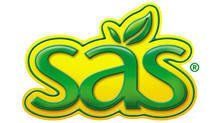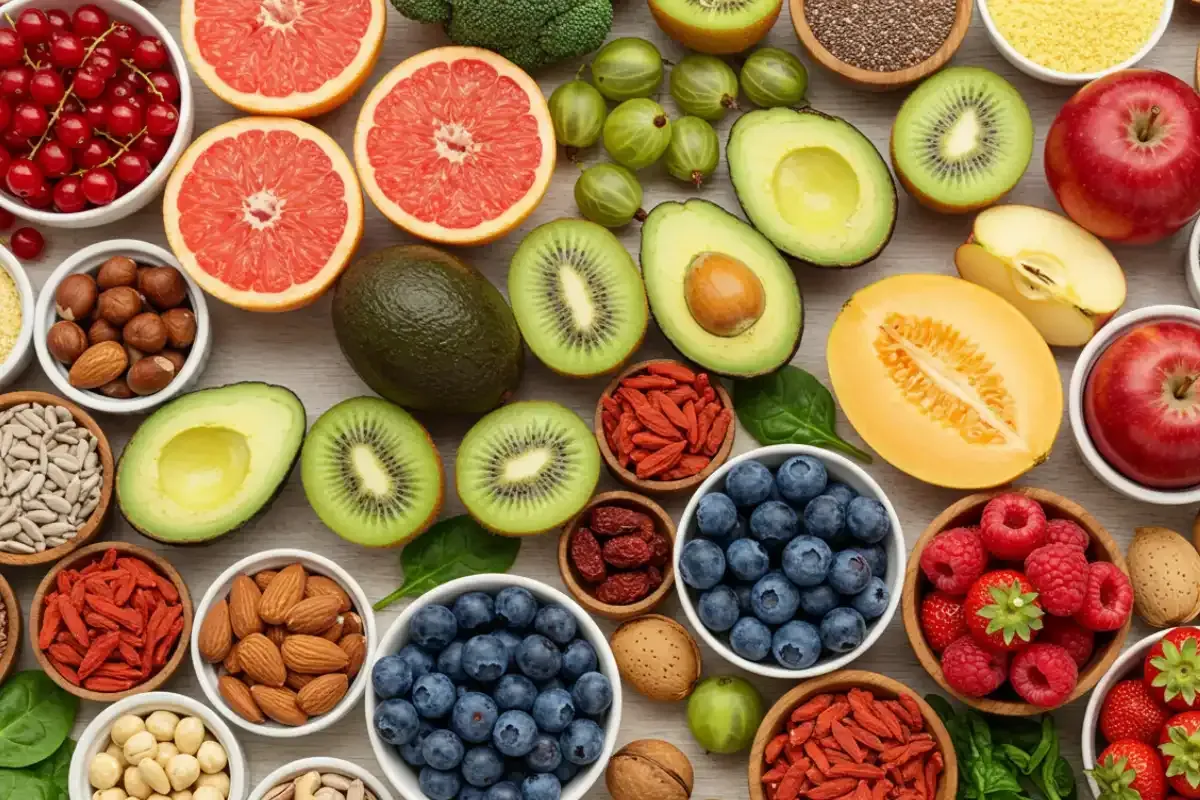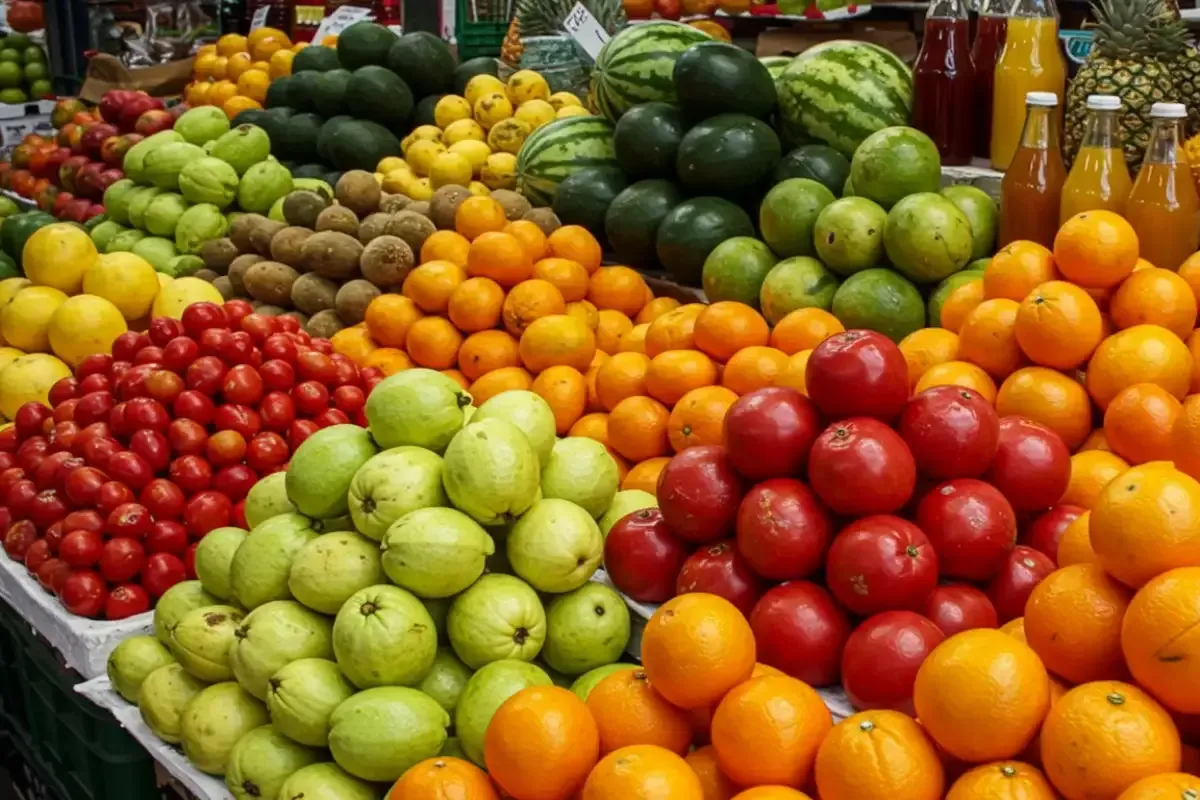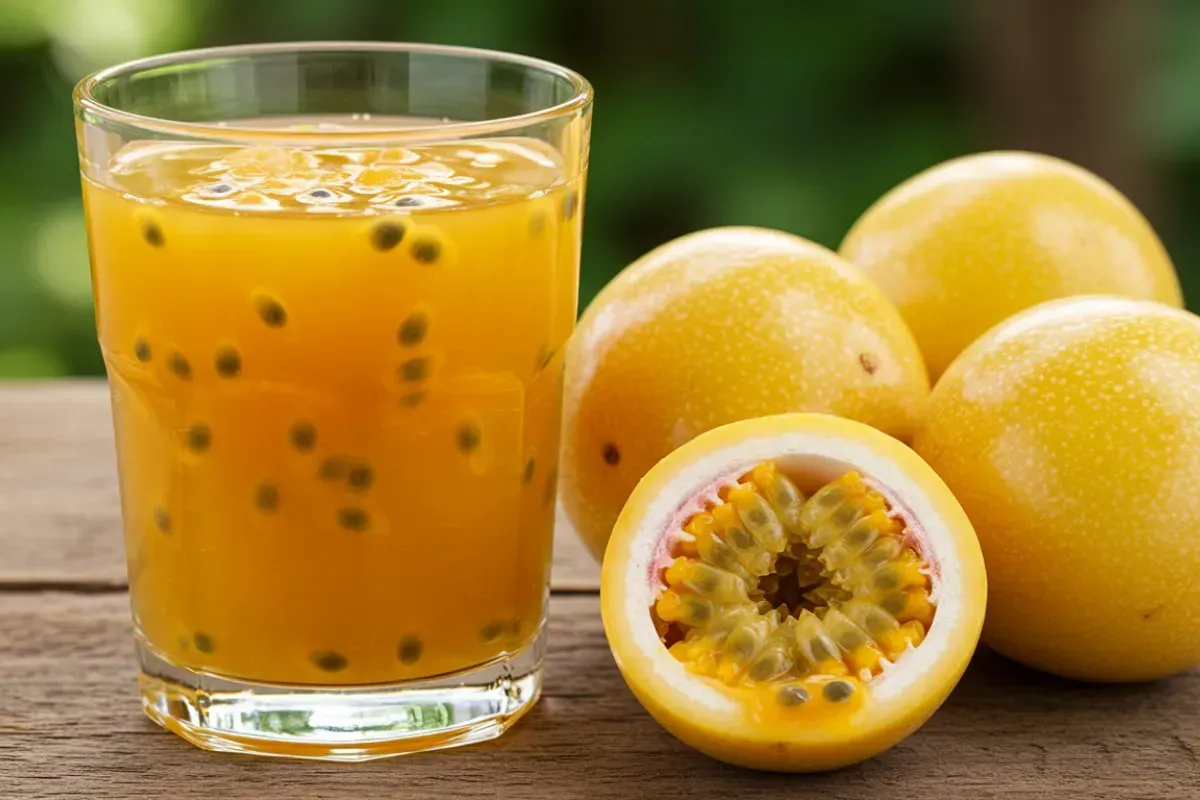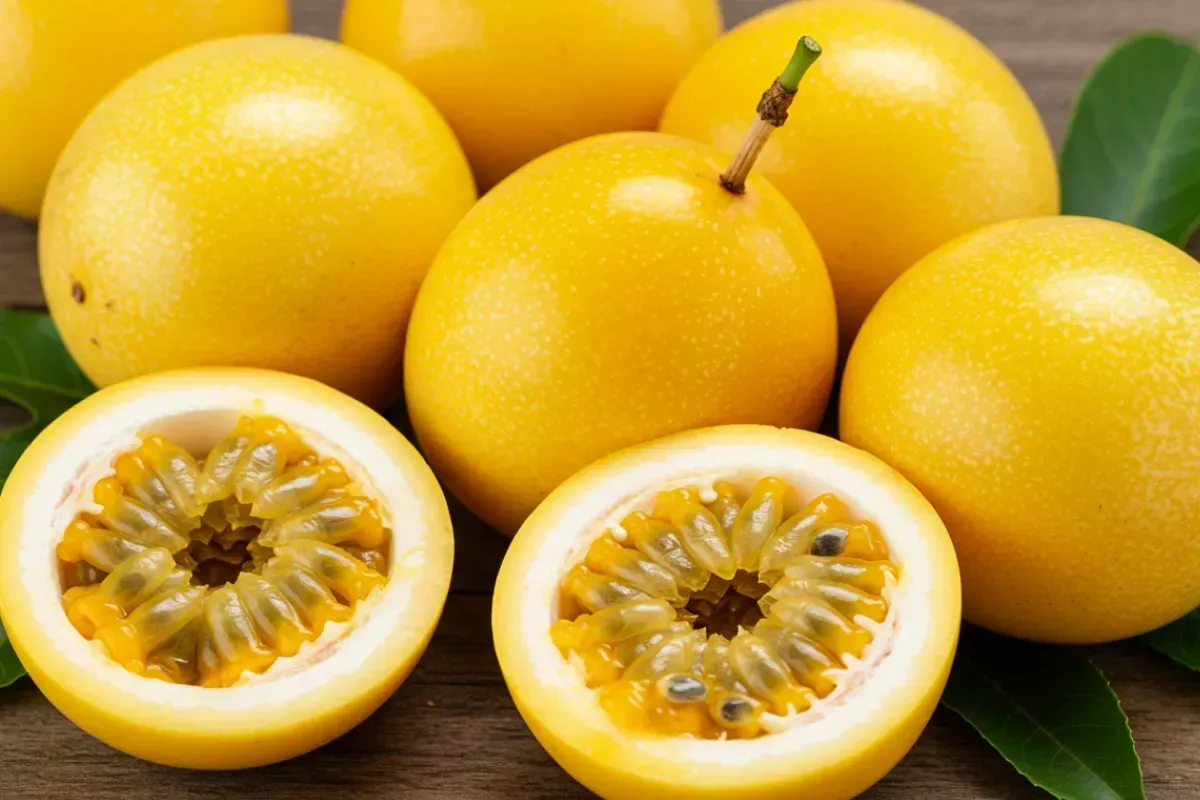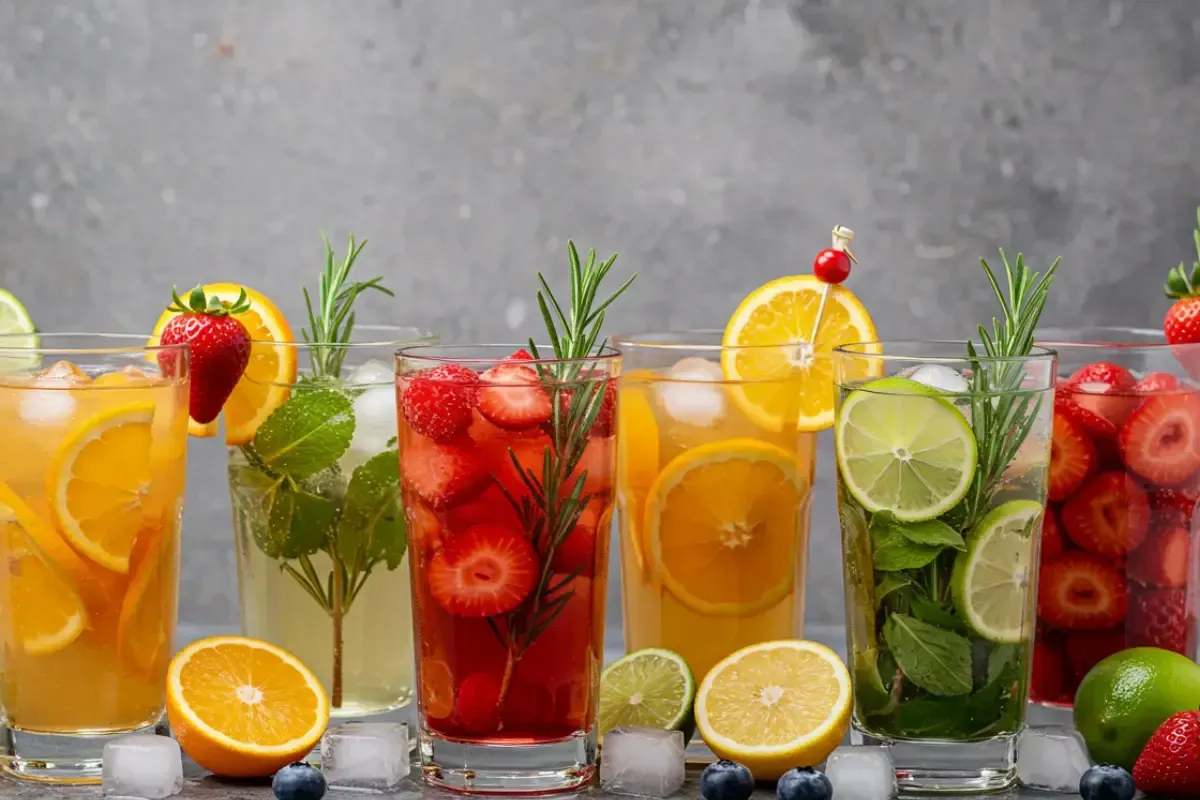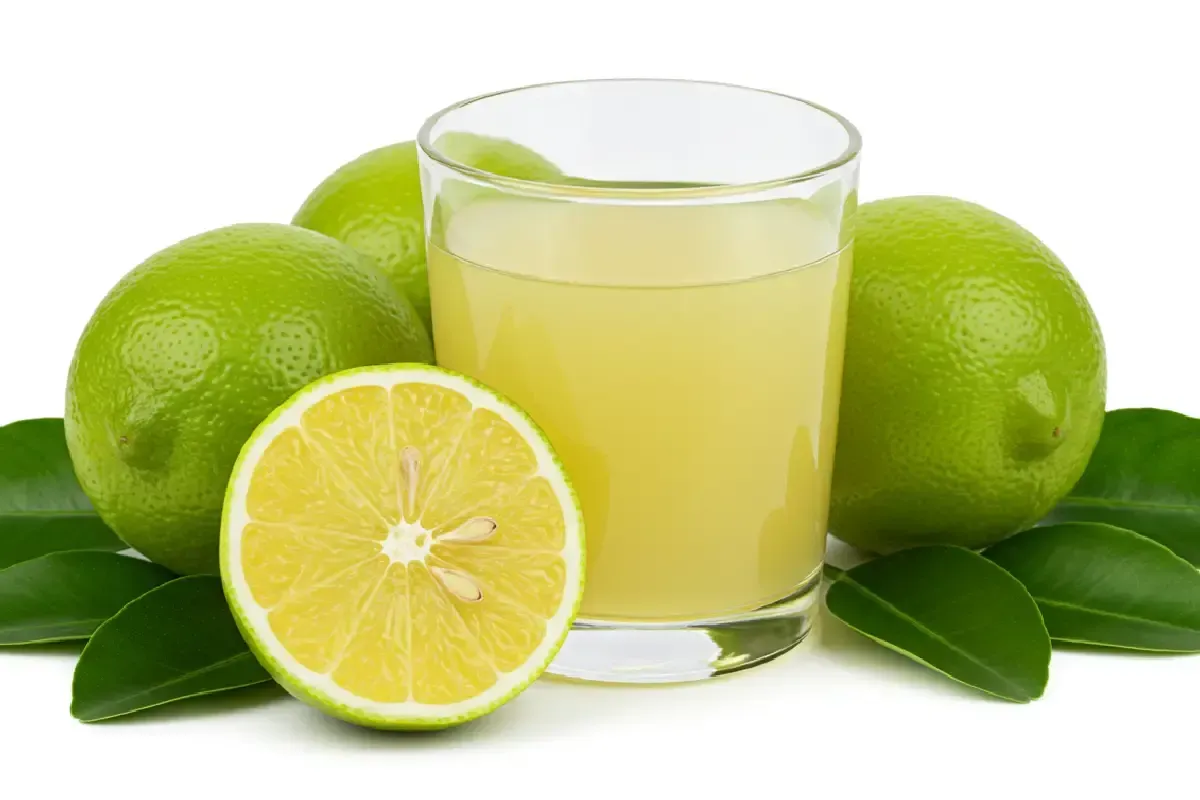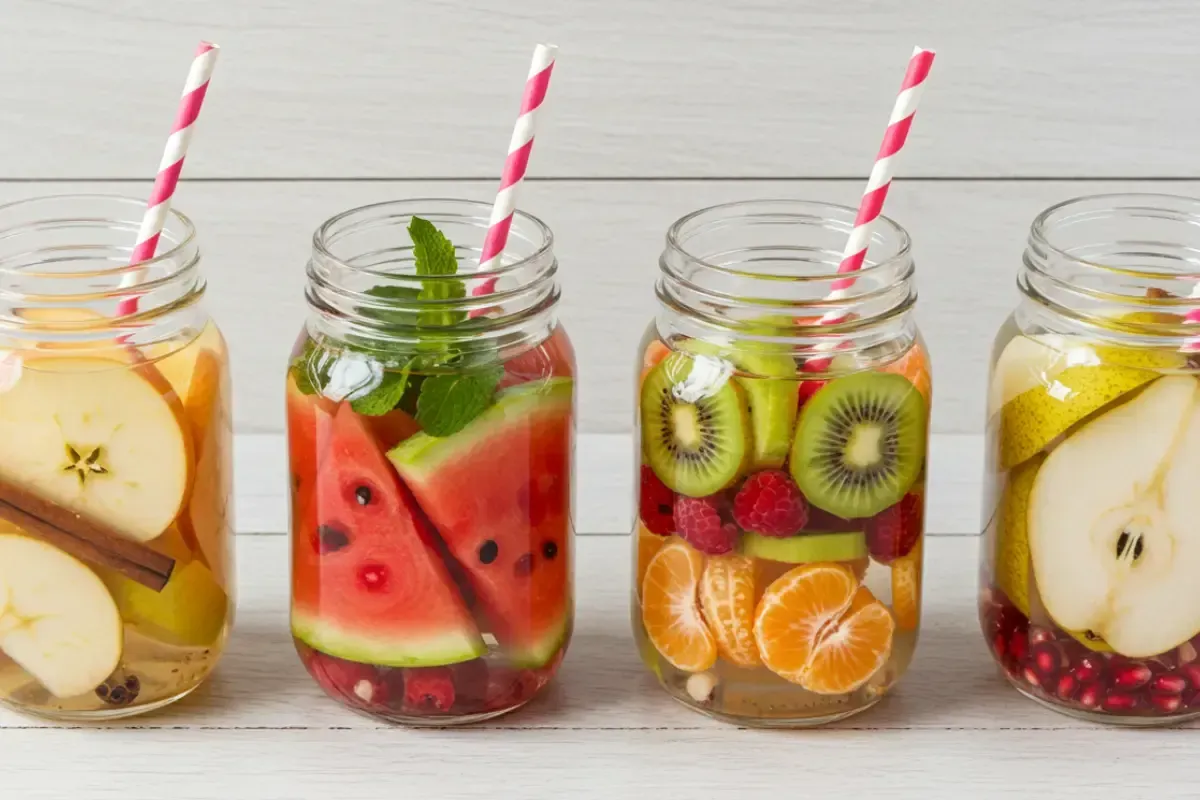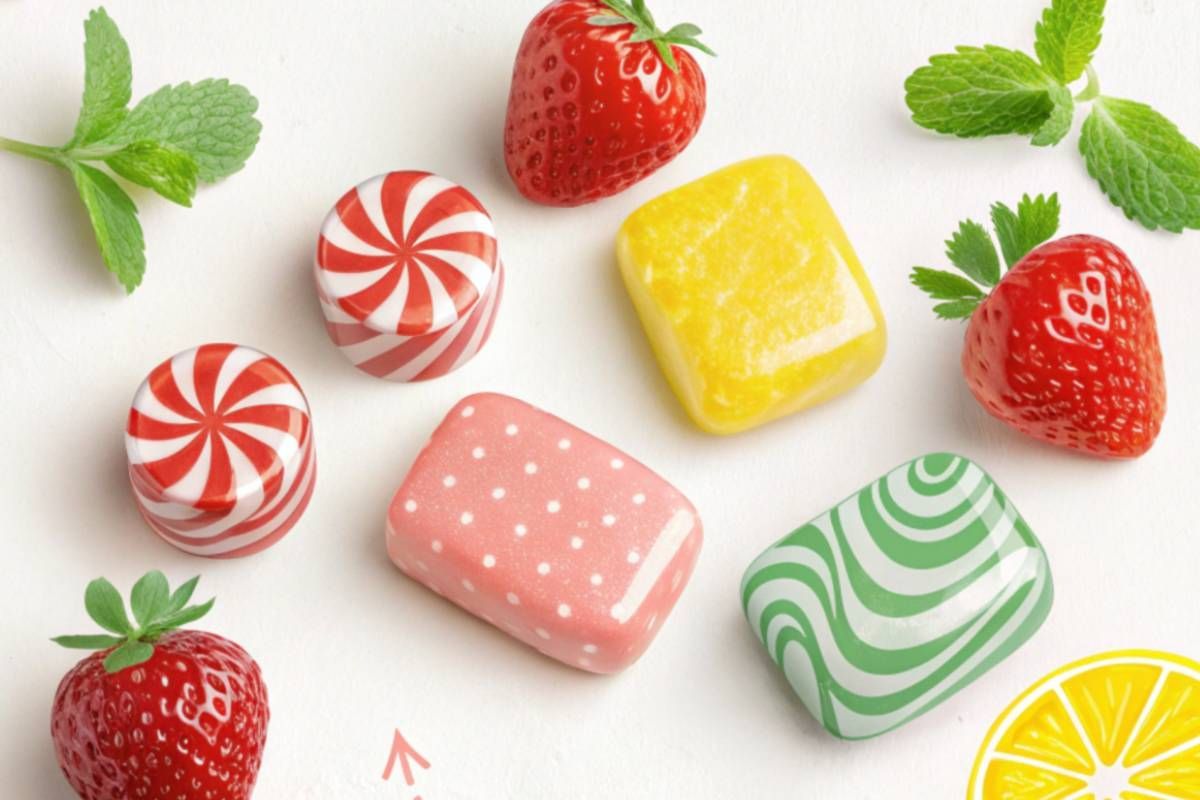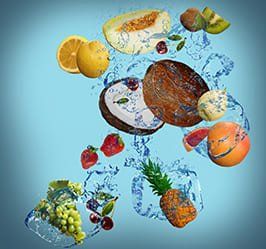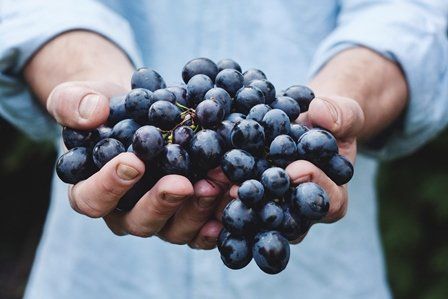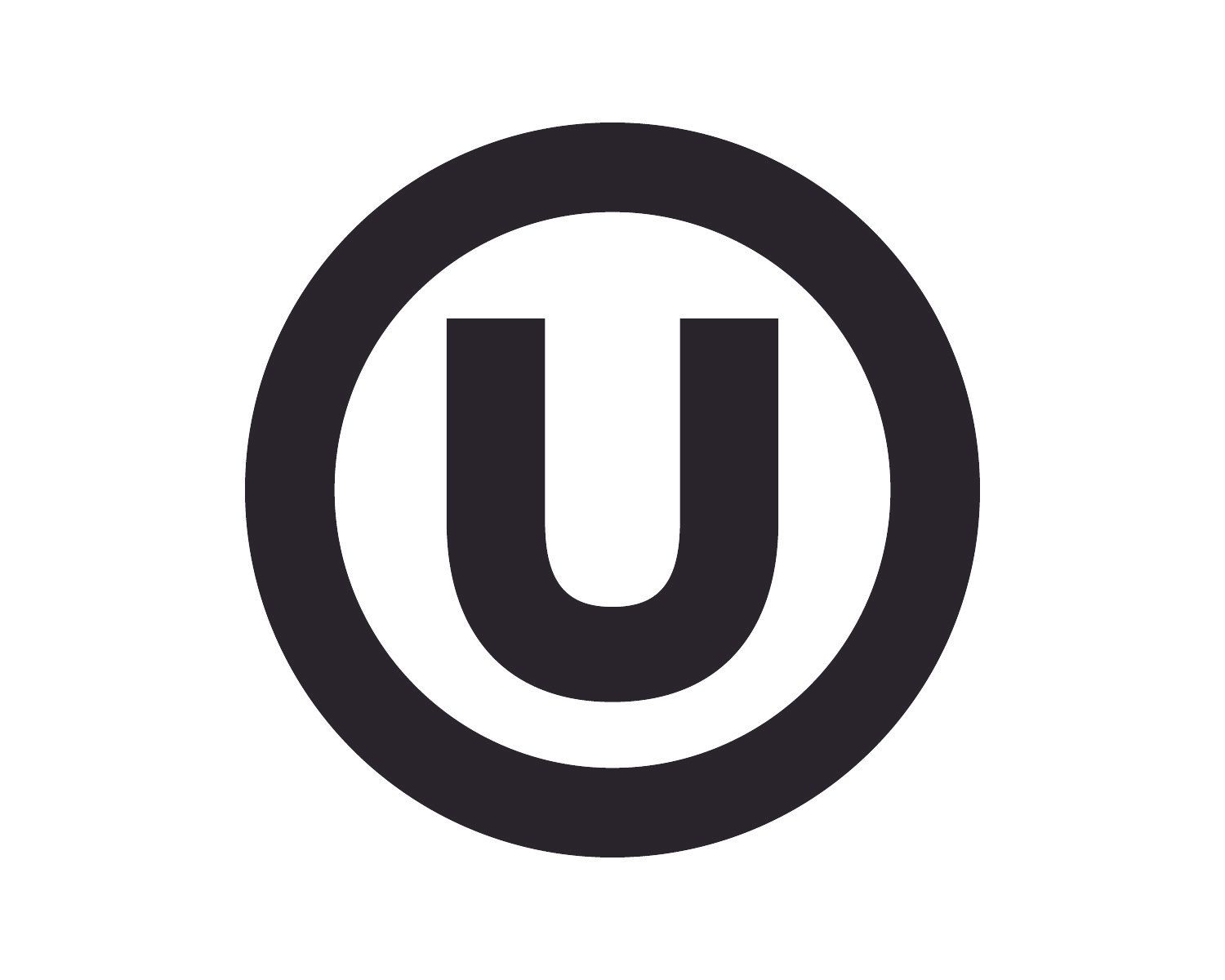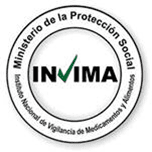No sugar added, sugar-free and no sweeteners: differences among labels

Everybody knows that more people are currently looking to eat in a healthier way, so paying attention and checking the labels on food packages has become more common. These labels are «no sugar added», «sugar-free» and/or «no sweeteners».
Even though these concepts might be very similar, there are clear differences among them. In this article, we will clarify those differences, and we will also check how this has revolutionized the food-processing industry.
No sugar added, sugar-free or no sweeteners, the differences
Just as the expiration date on food packages makes us aware of their shelf life, labeling shows their ingredients. That means that each of these concepts has clear differences.
«No sugar added», what does that mean?
Firstly, if you see the label «no sugar added», the product has sugar. Nonetheless, this sugar only comes from food, like fruits. When food like this is produced, no sweeteners or artificial sweeteners are included (Sánchez, 2021).
«Sugar-free», another type of label
On the other hand, the «sugar-free» label means that the product does not include sucrose. However, it can contain fructose, glucose, or any other kind of sugar. The maximum allowed of these must be 0,5 grams for every 100 grams (García, 2020).
Likewise, in products with this labeling, we can find ingredients like stevia, that provide a sweet taste without adding sugar.
Finally, «no sweeteners»
Products that do not include sweeteners are those that do not contain natural or artificial sweeteners. These products can be useful for those looking to lose weight because they allow enjoying foods with a little sweet taste but no calories.
Therefore, they are ideal products for people with diabetes (MedlinePlus, 2021). These substitutes can be part of the foods or added before consumption.
How does this look like in the industry?
Due to the fact that a healthier diet has become more important, more natural alternatives are increasing their popularity, and among them, we have mashed fruits.
This is not only an ideal option for babies, but it can also be selected by those looking to have a more balanced diet. Puree is made from harvesting fruits; and as mentioned before, sugar-free and sweetener-free foods are favorites.
Because of this, the industry had to rethink its products and lines.
Plus, it has been demonstrated that foods that contain big quantities of sugar can cause (Betancourth, 2023):
● Dental decay.
● Food anxiety.
● Overweight and obesity.
● Diabetes.
● Fatty liver disease.
● Cardiac diseases.
● Renal insufficiency.
That is why knowing the ingredients of your food is important to make informed decisions. Now that you know the differences between «no sugar added», «sugar-free» and «no sweeteners», you can make the best decision.
Bibliographical references
- Betancourth, C. (2023). 8 problemas de salud que ocasiona comer demasiado azúcar. Mejor con Salud.
- García, S. (2020). Hasta los alimentos “sin azúcar”, la llevan. Así lo regula la ley. El país.
- MedlinePlus. (2021). Edulcorantes y sustitutos del azúcar.
- Sánchez, C. (2021). ¿Qué quiere decir "sin azúcar añadido"? Bienestar Colsanitas.
